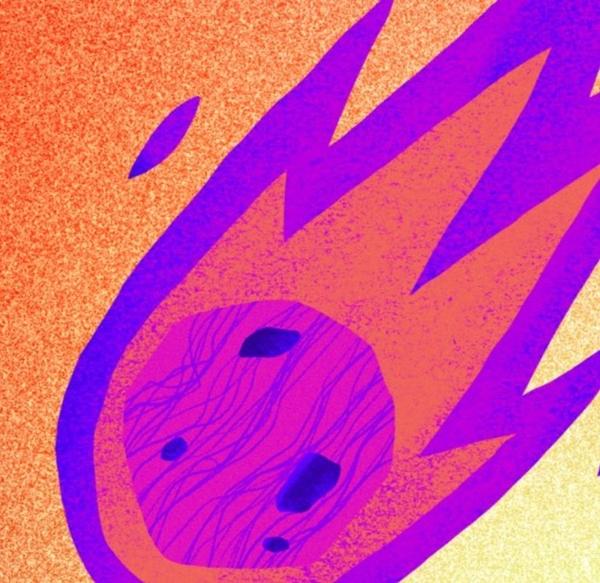Welcome!
I'm Shannon (They/She) 🏳️⚧️👾🏳️🌈
I'm a producer for Big Picture Science Podcast & Radio Show. I'm also a freelance science journalist and illustrator. I am passionate about covering community-led science and making silly cartoons about everything from Mars' moons to birds that bounce.
My Services
Audio and video production | Scriptwriting | Science communication | Illustration | Social Media
About Me
I am a producer for a science radio show & podcast, with a background in biochemistry and journalism. I am also a Boston-area drag performer. I love printmaking, reading comic books, and playing ttRPGS.
"You, mortal beings, are the instrument by which the universe cares"
The Void (Brennan Lee Mulligan), Fantasy High S1E17



